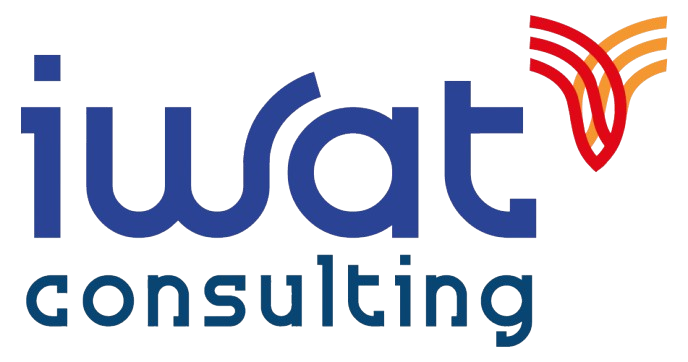
As businesses grow and evolve, the role of Human Resources (HR) becomes increasingly important. From recruitment to performance management, having the right HR processes in place is essential for operational efficiency, employee engagement, and long-term business success. Yet, many small to mid-sized businesses struggle to establish HR departments due to limited resources or expertise.
To address this, solutions like “HR in a Box” provide businesses with all the HR essentials needed to build an efficient HR infrastructure from scratch. But why are these HR essentials so crucial, and how can they help businesses thrive?
The Strategic Role of HR in Business Success
While HR is often viewed as a back-office function, its impact on a company’s bottom line is undeniable. A study by the Society for Human Resource Management (SHRM) found that organizations with well-structured HR departments experience 19% higher employee productivity and 22% lower turnover. These numbers demonstrate that effective HR practices not only support operational efficiency but also drive performance.
The absence of a formal HR structure can lead to inconsistencies in employee management, compliance issues, and a lack of strategic focus, which can hinder growth and sustainability. Whether your business is just starting out or undergoing expansion, establishing solid HR practices is non-negotiable.
Why HR Essentials Matter
1. Recruitment and Onboarding
Attracting the right talent is one of the biggest challenges businesses face. An effective HR process ensures that you not only hire the best candidates but also onboard them in a way that sets them up for long-term success. A report from Glassdoor found that organizations with a strong onboarding process improve new hire retention by 82% and productivity by over 70%. A small software development company used the “HR in a Box” toolkit to streamline its recruitment and onboarding process. The templates for job descriptions and appointment letters saved time, and the onboarding checklist helped them integrate new hires smoothly. As a result, they reduced their hiring cycle by 30% and saw a 15% increase in new hire satisfaction scores.
2. Performance Management
Clear performance management processes ensure employees understand their goals and are held accountable for their contributions to the business. HR essentials such as performance evaluation templates and feedback forms ensure consistency in how employees are assessed and help identify development areas. A mid-sized retail company implemented performance management templates from “HR in a Box” and saw improved communication between managers and employees. Employees were given clear expectations, and performance reviews became more structured and productive, resulting in a 10% improvement in overall team performance.
3. Legal Compliance and Policy Management
One of the biggest risks for businesses without formal HR structures is non-compliance with employment laws. From contracts and employee handbooks to workplace policies, HR essentials ensure that businesses are operating within the legal framework and protecting themselves from potential disputes. Non-compliance can lead to costly penalties; in fact, the U.S. Department of Labor reports that in 2020 alone, $257 million in back wages were recovered for workers due to labor law violations. A construction firm without a dedicated HR department faced penalties for non-compliance with labor laws. After adopting “HR in a Box” and implementing the ready-made policies and compliance checklists, they avoided future issues and reduced legal risks, allowing the leadership to focus on scaling the business.
4. Employee Relations and Engagement
Strong HR practices also foster better employee relations and engagement. Clear policies, a structured approach to feedback, and fair treatment of employees contribute to a positive work environment. According to Gallup, companies with highly engaged teams are 21% more profitable, proving that the link between employee engagement and business success is significant. A hospitality business that had previously struggled with high employee turnover used the employee relations templates in “HR in a Box” to introduce new communication and engagement practices. After implementing structured performance reviews and employee feedback sessions, they saw a 25% decrease in turnover and a notable improvement in staff morale.



